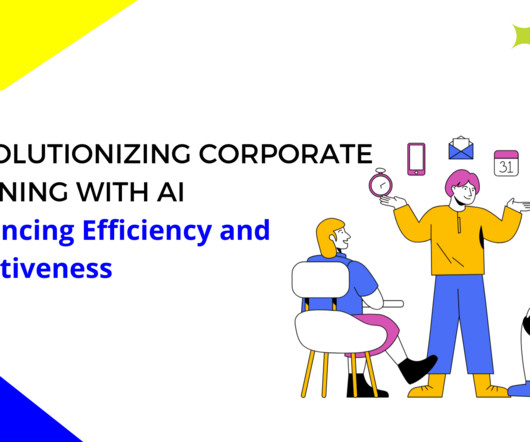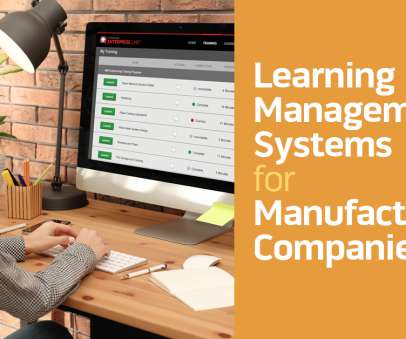Force Field Analysis of Organizational Learning
The Performance Improvement Blog
MARCH 15, 2016
The table below lists forces that commonly drive learning in organizations and the factors that block learning in organizations. Work vs. Learning. Need for Agility. What are the factors that drive and block learning in your organization? Strategic Goals. Limited Resources. Technology. Lack of Leadership Support.





































Let's personalize your content